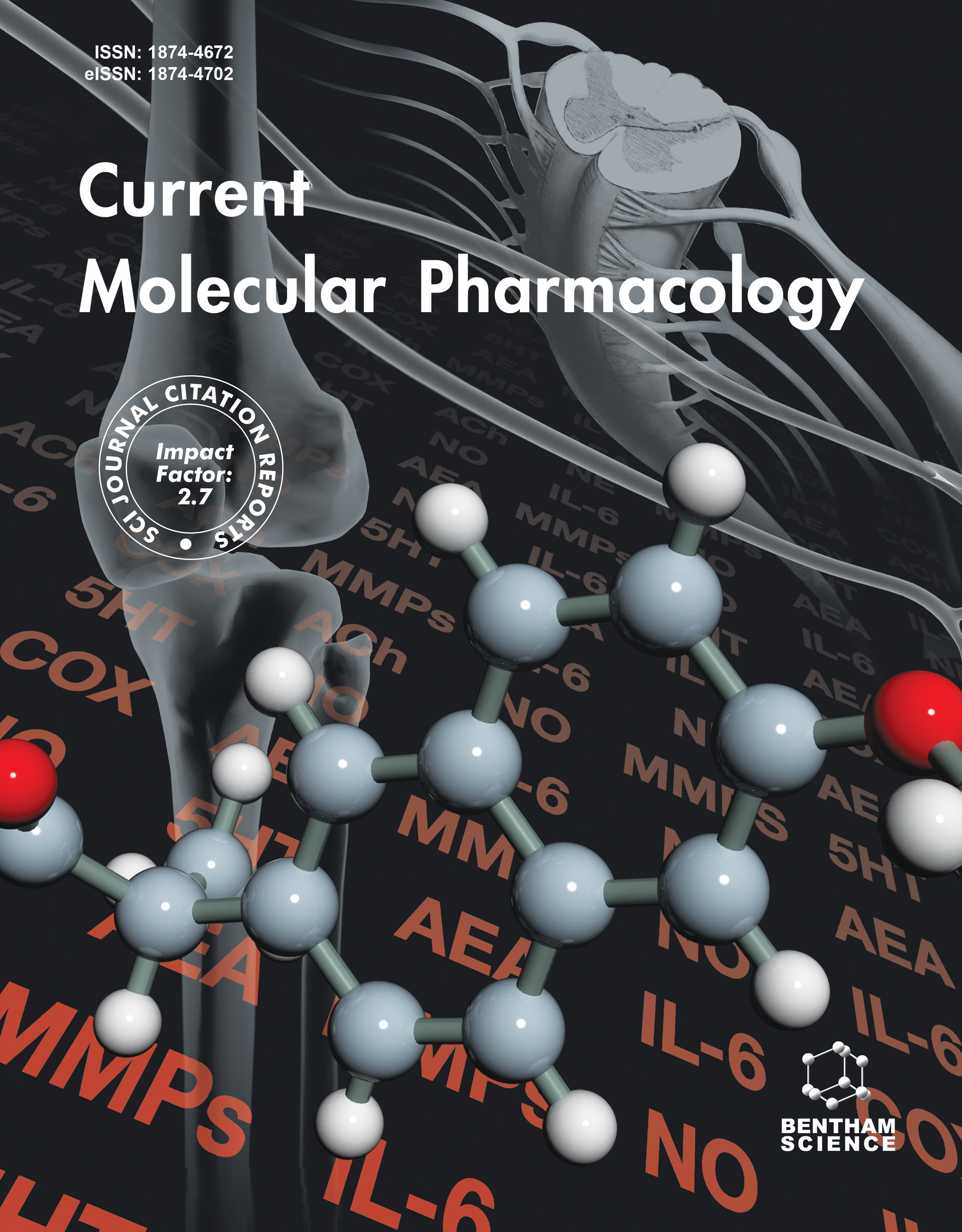-
s Antagonizing the Calcium-Sensing Receptor: Towards New Bone Anabolics?
- Source: Current Molecular Pharmacology, Volume 5, Issue 2, Jun 2012, p. 182 - 188
-
- 01 Jun 2012
Abstract
With a rise in the aging population, the global osteoporosis market represents a major unmet need and one of the greatest challenges for the pharmaceutical companies. Currently bisphosphonates constitute the mainstay antiosteoporotic treatment. They inhibit osteoclast-dependent bone resorption, and substantially reduce the risk of vertebral and non-vertebral fractures. However, bisphosphonates are only marginally effective in subjects with significant loss of bone mineral density. Furthermore, safety concerns have recently been raised due to an increased risk of low-energy fractures associated with long-term bisphosphonate treatment; hence the need for new osteoanabolic drugs. Transient fluctuations in plasma parathyroid hormone (PTH) are a well-established bone anabolic stimulus and efforts have aimed at identifying new medical therapies that can reduce the risk of vertebral and non-vertebral fractures and increase bone mineral density through modifications of circulating PTH. Two approaches have recently emerged in the search for new bone anabolics: a) administration of exogenous PTH, and b) administration of compounds, which evoke transient release of endogenous PTH, namely calcilytics. This review will focus on the potential use of PTH modifying agents as the new osteoanabolics.


